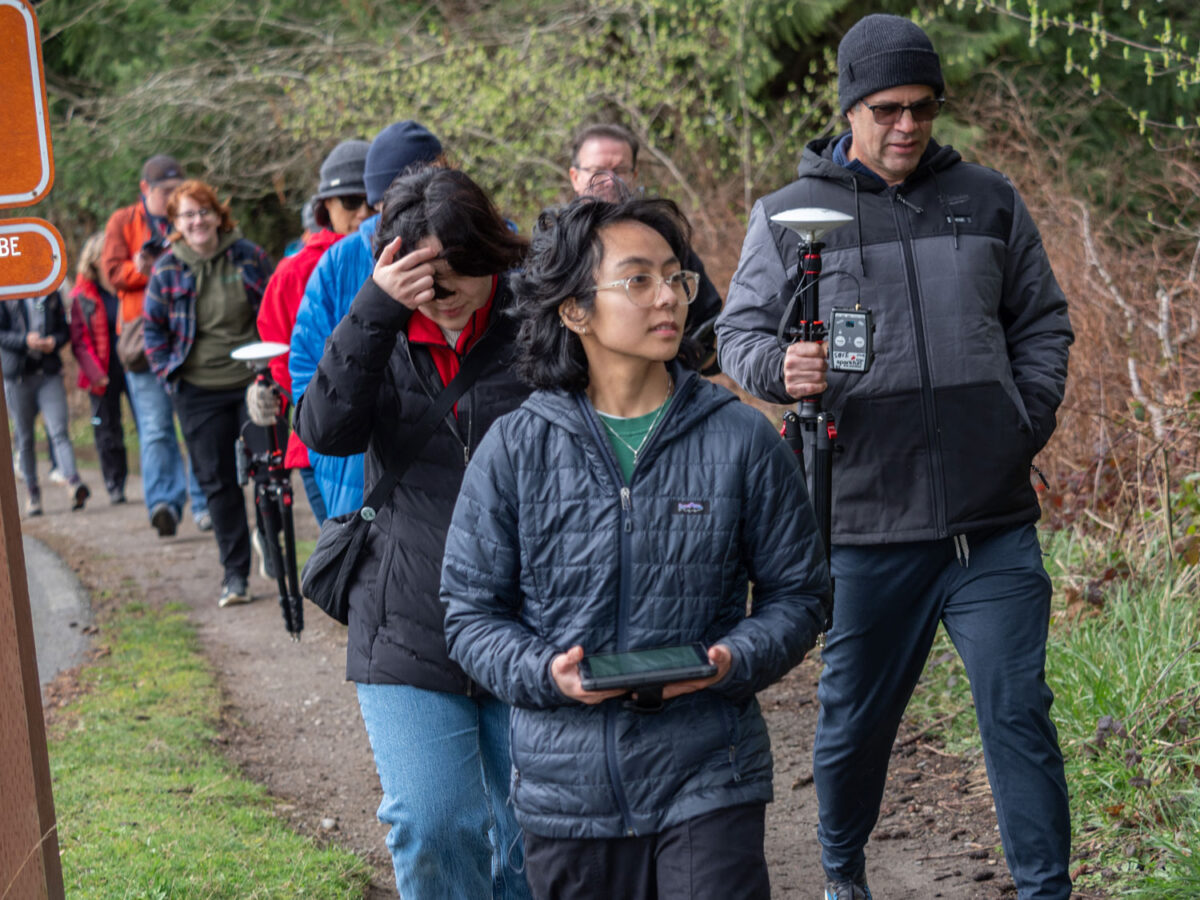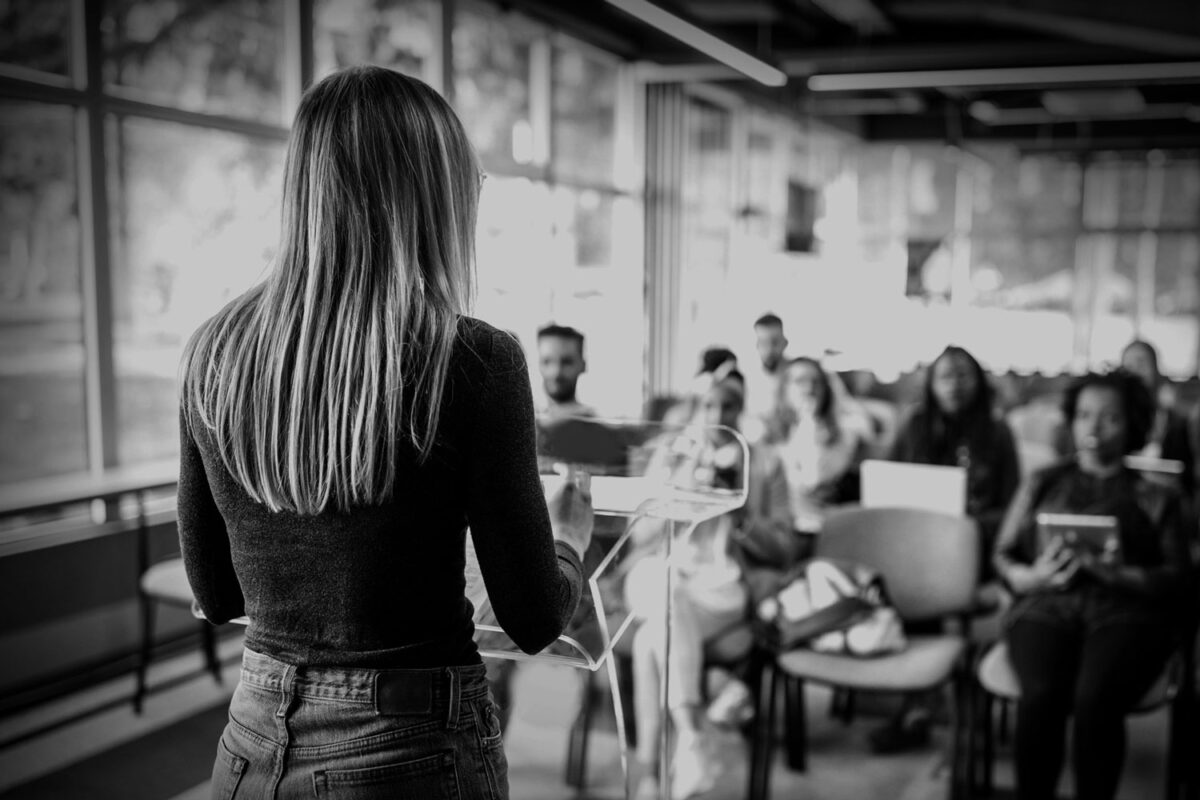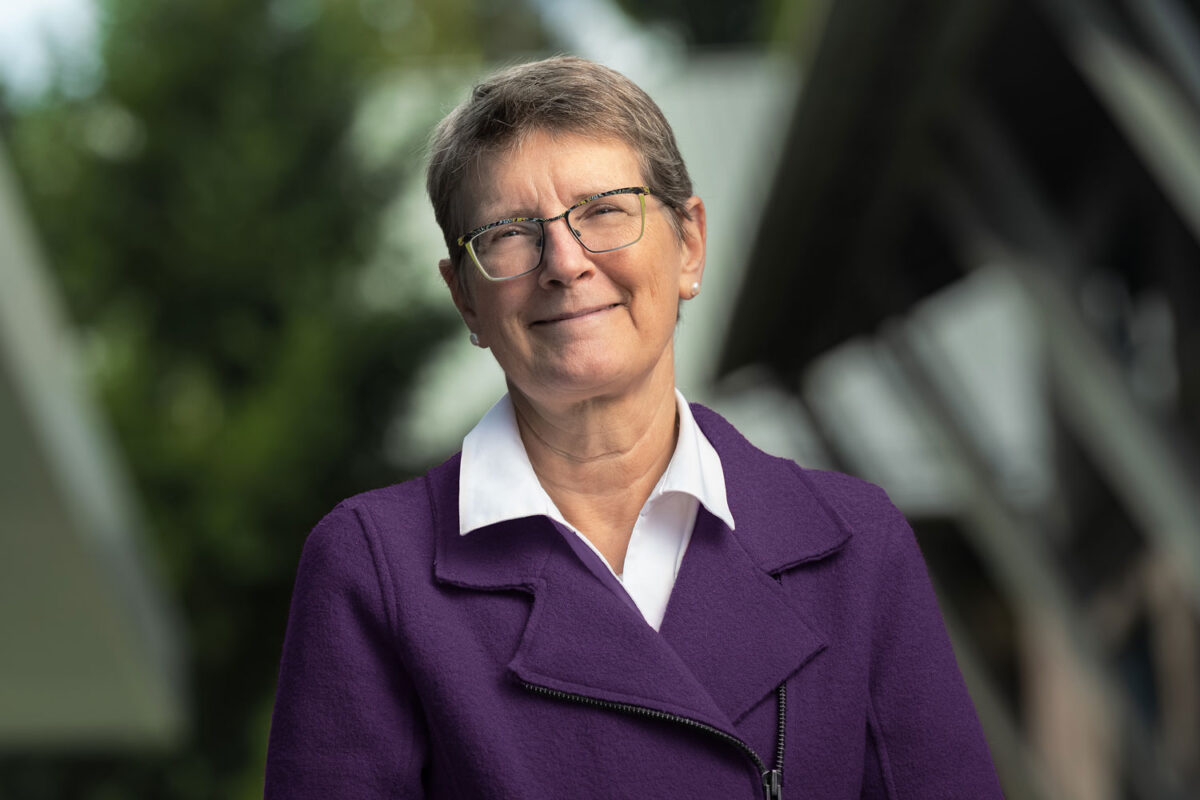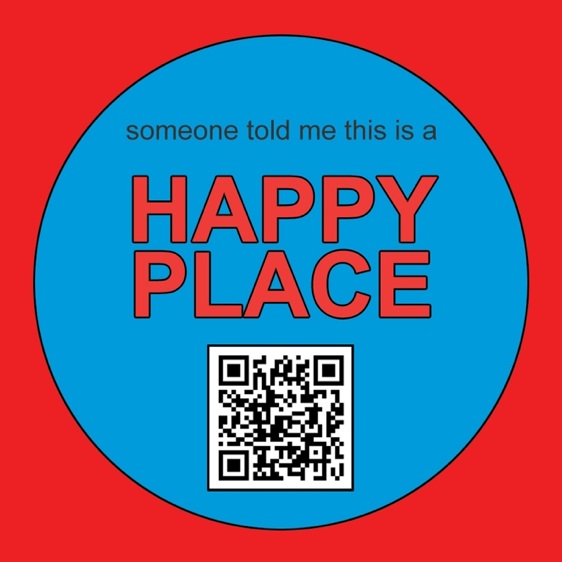
By N.L. Sweeney
When you think about mapping, most people immediately think about geography. Layered onto that might be cultural sites, the current political landscape or, these days, census demographics.
But for Jin-Kyu Jung and Ted Hiebert, two associate professors in the University of Washington Bothell’s School of Interdisciplinary Arts & Sciences, the most intriguing possibilities lie in concepts that resist visualization.
In their work, which represents four years of collaboration, these two researchers have studied brain responses to imagination and investigated how to map the concept of haunted data, from ghost hunting to surveillance.
Their new project, currently realized as a theory essay called “Imagining the Details: Happy Places and Creative Geovisualization,” is supported in part by an award of more than $39,000 from the UW’s Royalty Research Fund. When it’s possible, Jung and Hiebert plan to use digital mapping technology to represent where people find their happy places.
“What’s most interesting about this project for me,” said Hiebert, “is that it stretches the limits of mapping and data — and forces them into a more abstract context. It makes us question many of our preconceived notions about what can or should be measured.”
Creating the right questions
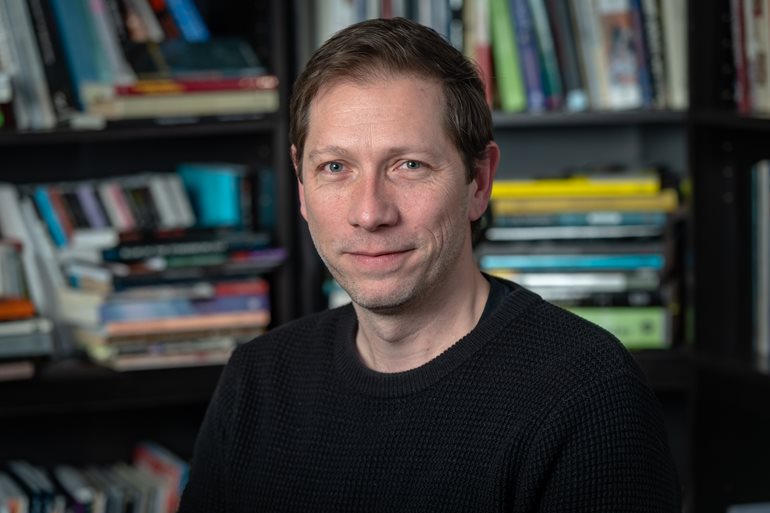
In a highly conceptual collaboration such as this, one key focus is on trying to identify and understand the details.
“There are so many interesting complications in trying to map the unmappable,” said Hiebert. “Where do we focus? How do we gather data? These questions create room for creativity.”
When it’s possible, the field research will center around Pioneer Square in Seattle, a place chosen for its proximity to subsidized artist housing, the transit station and the park.
“We hope with this location to find a broad sampling of people,” said Jung. “Our research will include artists, commuters, workers on their lunch breaks and people experiencing homelessness.”
While Jung and Hiebert want to engage questions of homelessness and the precariousness of urban living, Hiebert is quick to point out that they are “mapping a social space, not a problem.”
To stay true to that aim, Jung and Hiebert planned to hand out “Tile trackers,” a small, attachable device usually used to help people find their lost keys or wallets. In this case, participants would be instructed to place their trackers somewhere that is a “happy place” for them. Participants would be able to get the devices in person from Jung and Hiebert or grab one from the stash that the two professors will leave behind.
Open to collaboration
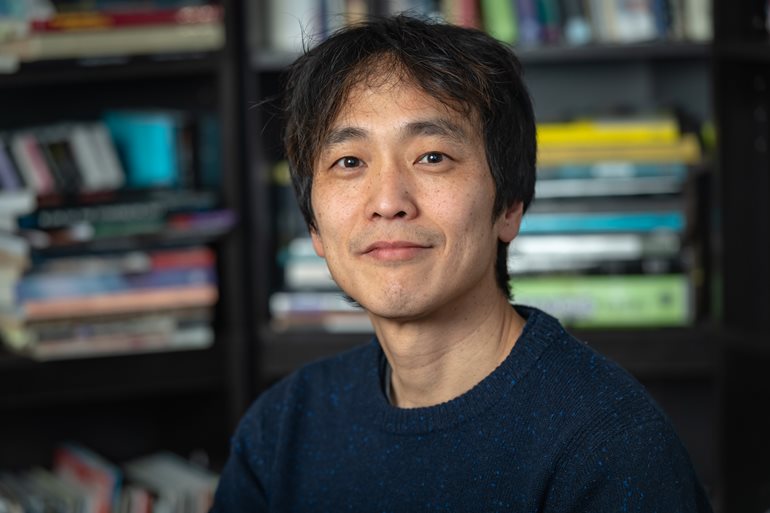
“We like to think of this process as more of an ‘un-mapping.’ Rather than have people mapped by those in power,” said Hiebert, “we have made the process participatory and generative. Rather than the creation of the map coming from above, it rises from the people involved.”
And while Jung and Hiebert both work within the School of IAS, they approach scholarship differently. Working within the discipline of geography and urban planning, Jung often relies on qualitative and creative possibilities of geographical technology and visualization to conduct research and analyze data. As a visual artist with a doctorate in the humanities, Hiebert tends to approach information — including data sets — with an intentionally critical skepticism.
Instead of seeing their different research methods as a problem, however, they’ve both come to refer to their work together as “constructive friction.”
Said Hiebert: “The way we approach the topic of geography and concepts like happy places are vastly different. But through these differences in opinions and approaches, we have continued to create interesting revelations we would never have had without each other.”
Jung agreed, saying, “The work we are doing for ‘Imagining the Details’ is transdisciplinary. In order to do our inductive mapping and visualizations for this collaboration, we need to take a holistic view to the research and the analysis.”
Meanings and Maps

For Jung and Hiebert, their hopes for this project extend well beyond the completion of their field research, analysis and reporting. They are also interested in seeing the ways in which a project such as this can help reshape how urban planning is approached and how urban planners view urban precarity, homelessness and other issues.
“Rather than trying to measure something based on utility,” said Hiebert, “we are trying to take things like happy places seriously.”
This ties back to their goal of keeping the research participatory, rather than just drawing the maps themselves.
“Maps are representations of space and spaces of representation,” said Jung. “With this project, we want to give people the ability to re-create the ways we imagine urban environments. The result, I believe, will be more accurate because it is closer to the people involved.”
When they are able to gather and map their data, Jung and Hiebert are next hoping to document the “happy places” with full-spectrum photography (which uses visible, infrared and ultraviolet light to create images) and QR code stickers at the locations of the trackers to create augmented reality installations.
Jung is also eager for the new connections and conversations this research will create among urban planners.
“I’m excited to see where the project takes us all,” said Hiebert, “and I’m most excited to see how participants can help us reimagine our urban spaces.”

